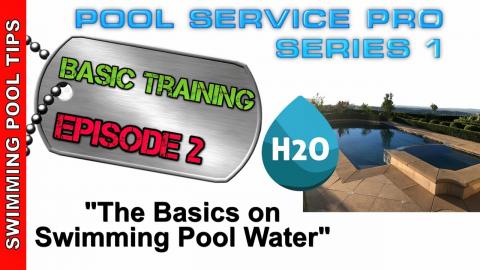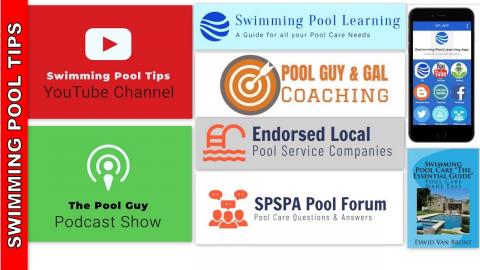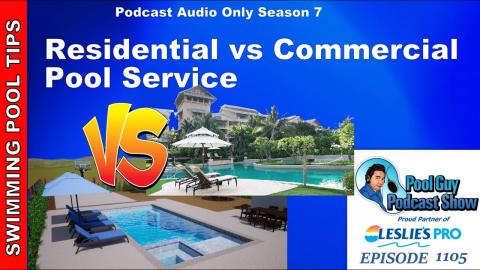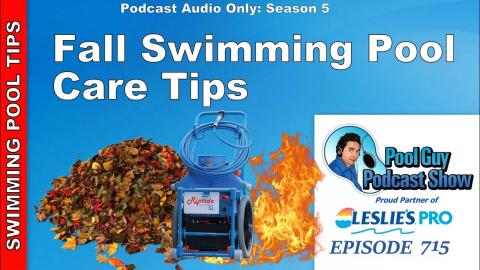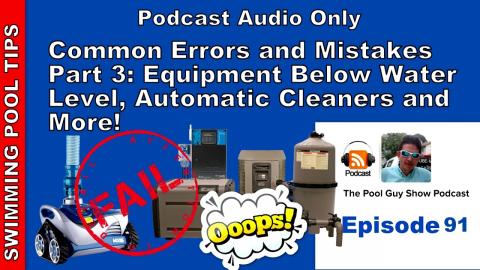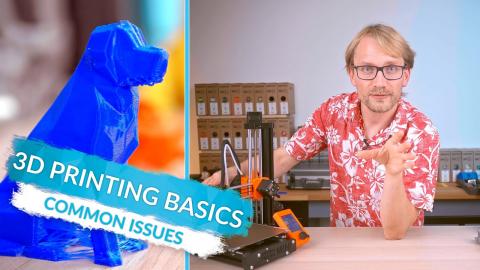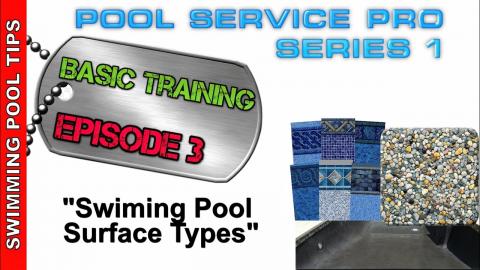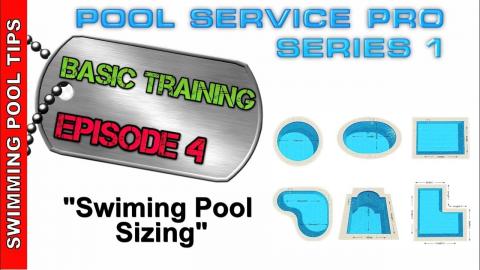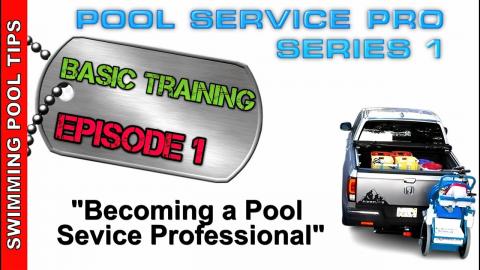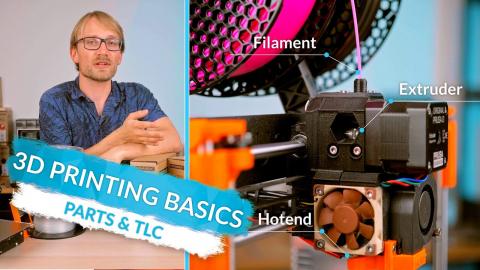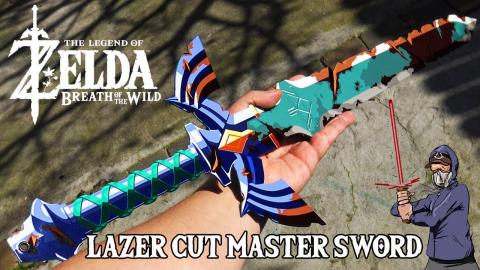Just The Basics: Some of the Basic Things to Know About Pool Care
Description
In this series I am going to cover some basics on pool care that you should know if you are a homeowner or a pool service technician. There are a number of things that fall into this basic category and I will go over a few of them here. Of course, there is a lot to know about a pool overall but knowing these things will get you by.
The filter and filtration are key. How much does it matter if your pool filter is running well or not? It is the difference between a pool that is cloudy with algae, has poor flow and can’t hold the chlorine level and a pool that is crystal clear and balanced. If your pool is struggling, chances are the filter needs some attention.
If you have a cartridge or D.E. filter take it apart and clean it. With a sand filter you can backwash it and see if that improves things. After cleaning the filter if you notice little improvement chances are the cartridges need to be changed. If they are old, say 3-5 years old they have reached their life expectancy point. The D.E. filter grids may look fine but if they are 4-6 years old I would also replace them. With a sand filter you can change the sand if you notice that backwashing did little for the pool’s water quality. The pool’s filtration and filter play a big part in how the pool will look and how difficult it will be to maintain going forward into the season.
How green is too green? I am often asked if there is a limit to my Green Pool Clean-Up method of “Shock and Awe.” The short answer is yes. If the pool has more than 3-4 inches of sediment, gunk and algae on the bottom, then it may be too far gone to try to bring it back with just chemicals and filtration. You may be better off just draining the pool at that point and starting fresh. So, there is a limit to the “Shock and Awe” method.
In the same respect I am often asked how much chlorine is needed to shock a pool. The answer is typically more than you are thinking. For instance, if you go online and enter your pool size in gallons, the ppm of chlorine and the goal level, the online calculator may tell you to add one gallon of liquid chlorine to bring the chlorine up from zero to 5 ppm. But it doesn’t account for poor filtration, organic particles in the water and for algae.
So, if you simply pour 1 gallon of chlorine into a very cloudy pool, nothing much will happen. Let’s say you have a 15,000-gallon pool and it is so cloudy that you cannot see the bottom. I would add at least 4 gallons of liquid chlorine and run the pool for 24 hours. The next day it will probably be clear or at least clearing up. If I poured only one gallon in not much would happen. Same for a very green pool. Adding 2-3 gallons of liquid chlorine won’t do much. Adding 8-12 gallons will more than likely turn it back to at least a cloudy blue by the next day. So, you will need to shock your pool with more chlorine than you think. I always like to add more than less anyway, and you can’t add too much in these situations.
Almost as important as the pool’s filtration is the pool’s run time. If you have a brand-new filter but only run your 20,000-gallon pool 1 hour per day, chances are the pool will be cloudy at best and green at worst. Running your pool is critical. I suggest running it for at least one cycle per day, which is all the water passing from the pool, into the filter and then back out again. This will insure great water quality and safe water as the filter has a chance to circulate the water and chemicals and kill any bacteria or viruses in the water.
The last factor that also has a huge effect on the pool water quality is the water level of the pool. Low water can make the pool run poorly and create more debris in the pool causing you to use more chemicals each week. When the water level is correct the pool skimmer can pull the debris into the pool skimmer basket. The more debris that falls out onto the pool bottom the more likely the leaves and other organics will use up the chlorine in the pool. Also, if your pool is older there may be no safety mechanism preventing the pool equipment from running dry. This could mean that the pool pump will overheat from lack of water and burn out. So, the having low water in your pool can become very costly.
If you follow these basics your pool will be looking great all season long and you will have much fewer problems with your pool care.
Visit my Website: http://www.swimmingpoollearning.com/
eBook: https://www.swimmingpoollearning.com/swimming-pool-care-ebook
YouTube Video Index: http://poolmandave.blogspot.com/2014/03/swimming-pool-tips-reviews-how-to-video.html – A list of all of my videos:
Follow Me:
Google +: https://plus.google.com/+MrDgvb1/posts
Blogger: http://poolmandave.blogspot.com/
Facebook: https://www.facebook.com/pages/Youtube-Mrdgvb1/381257741926763?ref=hl
Twitter: https://twitter.com/Mrdgvb1
Join me on Patreon: https://www.patreon.com/user?u=4251655
Podcast: http://www.buzzsprout.com/110832


